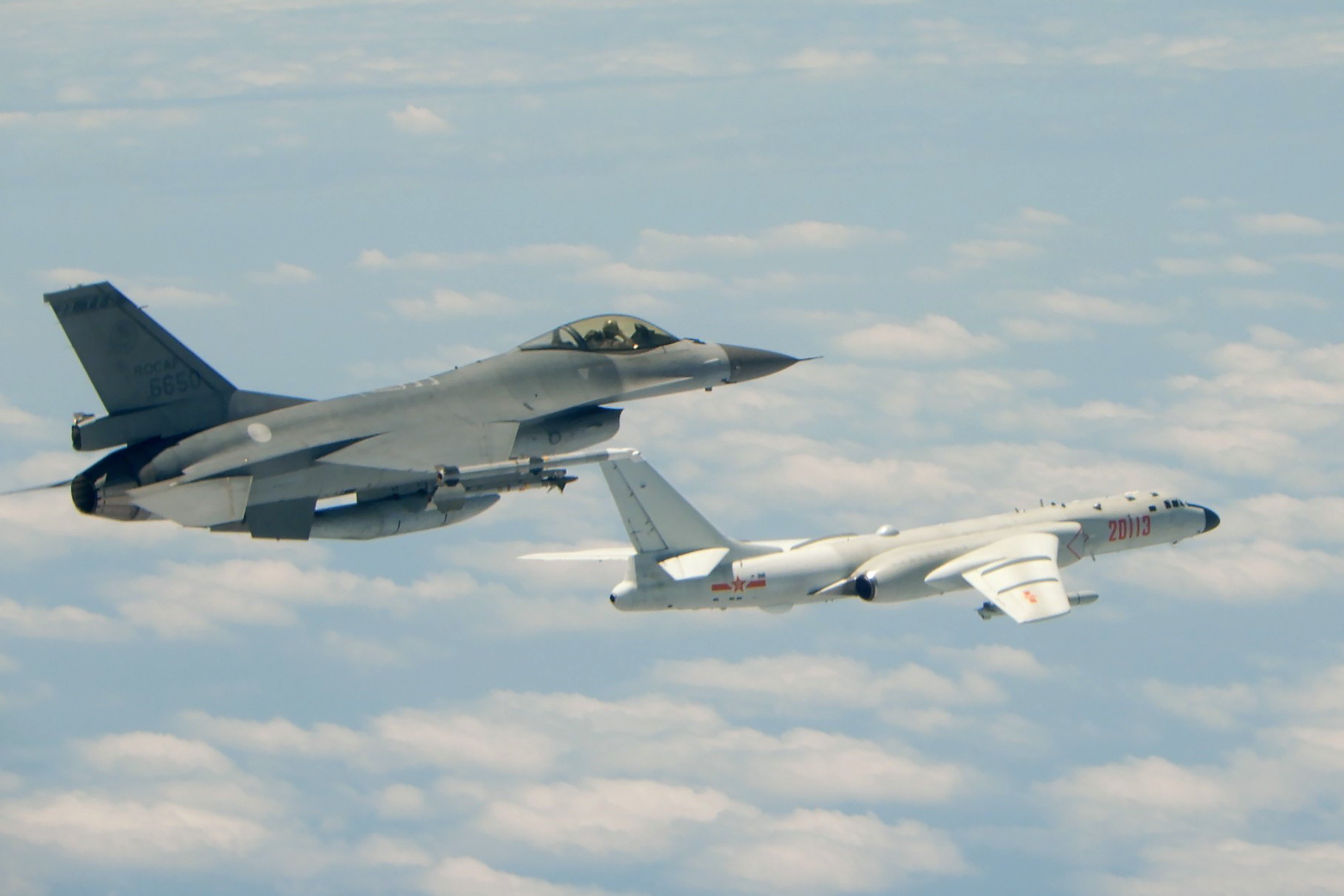Doubts about China’s ability to launch assault on Taiwan

- US report outlines potential military options Beijing may be considering to fulfil its unification ambitions
- But questions remain over Chinese amphibious landing capability which would be crucial to any operation
Kristin Huang
Beijing is gearing up its efforts to reunify the self-ruled island of Taiwan, but might lack the core assault landing capabilities to conquer the island, military experts said.
The assessment follows an annual report to the US Congress saying China was likely to be preparing for a contingency to unify Taiwan by force, while simultaneously deterring, delaying, or denying any third-party intervention on the island’s behalf.
The 136-page report, “Military and Security Developments Involving the People’s Republic of China 2019”, was released last week and listed a number of options, including a blockade to cut off Taiwan’s imports accompanied by large-scale missile strikes and the occupation of offshore islands like Quemoy (also known as Kinmen) and Matsu.
An air and missile attack might aim to destroy important military and communications infrastructure, while a full-scale invasion might start at northern or southern points along the west coast, according to the Pentagon report.
Turning to Taiwan’s defences, the report noted the island’s advantages continue to decline as China’s military modernisation proceeds, with significant problems in recruiting sufficient military personnel. Taiwan also faces “considerable equipment and readiness challenges”, the report said.
Military analyst Collin Koh, from the S. Rajaratnam School of International Studies at Singapore’s Nanyang Technological University, said an amphibious operation to take over the island, as outlined in the report, was unlikely due to China’s inadequate sealift capability and inability of its amphibious forces to work in concert with other services.
“Amphibious assault landing operations, are after all, highly complex operations that require so many moving parts across branches and services that it’ll take much effort and time to promote and inculcate that concept and spirit of fighting jointly and in an integrated manner,” he said.
Koh’s view was echoed by Timothy Heath, a senior international defence research analyst at US think tank Rand, who said inadequate numbers of ships capable of transporting troops for an invasion remained an important shortfall for any Chinese military plan to invade Taiwan.
“Amphibious assault ships and other vessels for conveying combat troops onto the beaches of Taiwan are essential because invasion is the only way the PLA can guarantee conquest of Taiwan,” said Heath, adding that the PLA currently has a relatively modest inventory of such ships.
A Taiwan marine stands guard on Quemoy, which could be targeted in any effort by Beijing to reunify the self-ruled island. Photo: AFP
However, Beijing-based military expert Li Jie said China’s armed forces could accomplish goals as long as orders came from China’s top leaders, despite various weaknesses in the Chinese military.
“And, when compared to the past, China’s amphibious combat capabilities have already improved after extensive training in recent years,” Li said.
Ties between Beijing and Taipei nosedived after Tsai Ing-wen from the independence-leaning Democratic Progressive Party became the island’s president in May 2016 and repeatedly refused to endorse the “1992 consensus” which refers to an understanding that there is only one China, though each side may have its own interpretation of what constitutes “China”.
Beijing responded by stepping up military and diplomatic pressure against the island, ramping up live-fire military exercises and luring away Taiwan’s diplomatic allies.
Taiwan is now one of a growing number of flashpoints in the China-US relationship – along with a trade war, Beijing’s growing influence in emerging economies, and its stronger military posture in the South China Sea.
On Monday, two guided-missile destroyers, USS Preble and USS Chung-Hoon passed within 12 nautical miles of Gaven and Johnson reefs in the Spratly Islands, drawing immediate criticism from Beijing.
The lower chamber of the US Congress on Tuesday unanimously backed legislation supporting Taiwan, which faces military and diplomatic pressure from mainland China as Washington pushes for a harder-edged approach to relations with Beijing.
Under the Taiwan Relations Act, the United States is bound by law to help defend the self-ruled island. Washington is Taipei’s main source of arms, selling the island more than US$15 billion in weaponry since 2010, according to the Pentagon.
South China Morning Post
- Previous To boost bilateral trade, Uzbekistan and Afghanistan sign agreements for $82 million
- Next Houthis claim seizing 20 positions in Saudi Arabia’s Najran











